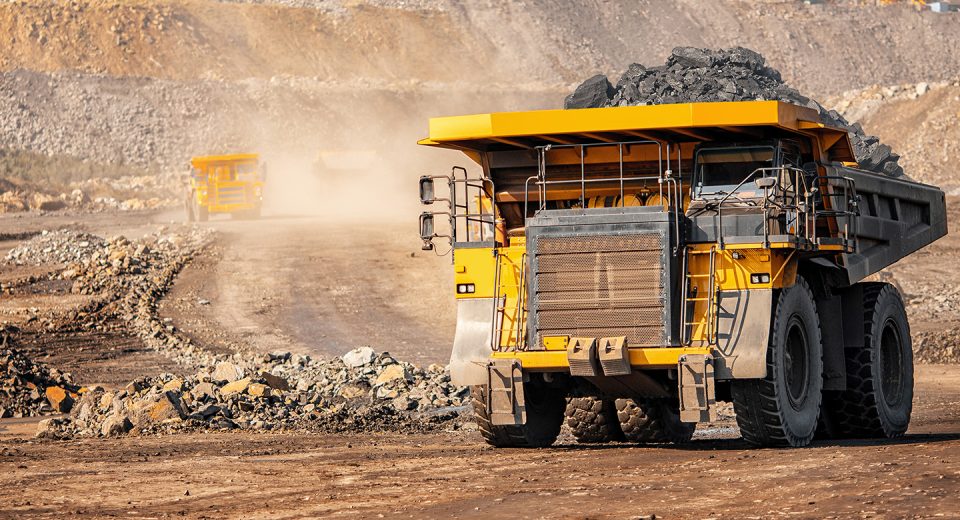“If you can’t grow it, you have to mine it” an adage widely used by the mining industry that encompasses its importance to today’s society. It’s a phrase that those in the industry know by heart.
I will bet that almost everyone who works in the mining industry has attended a party, a family event or some other social function when some self-assumed ideological dimwit asks them what they do for a living.
After answering “I work in the mining industry”, you are met with a grimace, followed by a look of disdain and then the evitable, that is not very environmentally friendly, or I didn’t realise we still did that, or my favourite that I was told at a recent social event, “that’s not a great industry to be working in with the move to electric”.
If you were to survey any random group of people, I would be willing to bet that more than 50% of the group would believe that mining is a bad thing.
This shows a lack of education in our society towards the importance of the mining industry, the general population does not understand the connection between the mining industry and the end products they consume and rely on every single day, from the moment they wake up until they go to bed.
Let Us Remove the Metals from Your Everyday Life and See If You Notice
The alarm clock that would have woken you in the morning contains, steel for the casing and internal components, copper in the electrical circuitry, and nickel on certain parts. Perhaps you do not use an alarm clock instead you use an alarm on a mobile telephone which contains copper, lithium, cobalt, germanium, indium, tin, and gallium, all of which are mined. So, it looks like you are waking up late.
Then perhaps you go to brush your teeth using toothpaste that happens to contain calcium carbonate, silica and aluminium hydroxide all of which are mined. Take a shower, that’s stainless steel for the showerheads, faucets, and other fixtures, and copper for the pipes that transport the water. You cannot even put on some deodorant, as that comes from a stainless-steel container and contains aluminium and zirconium. So, you are not going to smell great in this no-metals world.
Breakfast that is surely a safe one, perhaps some eggs or bacon, cooked in a stainless-steel pan or pot on a cooker that contains stainless steel, aluminium, cast iron, and sometimes copper, again all mined. Ok, not eggs, perhaps cereal then. Nope, stainless steel spoons and bowls that contain clay, feldspar, silica and sand, all mined.
Breakfast is a no then off to work but how are you going to get there, your car has aluminium, copper, steel, titanium, lead, and precious metals, if its electric it also has lithium, cobalt, nickel, graphite, and manganese. Trains and buses are out too, and so is your push bike, e-bike or e-scooter.
When you finally walk all the way to work, you cannot get anything done laptops, desktops, medical devices, tools, utensils all contain metals. There is no power grid, no way to transport the food you eat and you do not even have a functional dwelling to go back to sleep in.
Mining is essential to everyone’s daily lives. You use the products on mining constantly throughout your day.
Why Do We Need to Mine Metals and Minerals, Why Can’t We Just Recycle Them?
Many of the mined products we use are consumed, would you want to collect your toothpaste and reuse it? No, so we need to mine more.
Many metals are recycled, but that can only account for a limited amount of what society needs to consume, only around 30% of the world’s iron, copper and zinc come from recycling. That still leaves us with 70% to find.
Added to this the global population is projected to grow from 7.6 billion to 9.8 billion by 2025, which will significantly increase metal demand.
Won’t The Move to Net Zero By 2050 Will Remove the Need for Mining?
No, no it will not. Quite the opposite.
Increased global mining is essential to enable the energy transition to net zero by 2050 and to keep global warming to no more than 1.5°C – as called for in the Paris Agreement.
According to the International Energy Agency, the total mineral demand from clean energy technologies is expected to at least double by 2040.
The World Bank estimates that the world will need to mine 6 to 13 times more critical minerals for batteries and electric vehicles by 2040.
If renewable energy sources, such as solar and wind are to provide 70%-90% of power generation by 2050, society will require a massive increase in the demand for a range of metals and minerals including lithium, cobalt, nickel, copper and other rare earth elements.
Mining’s Economic Significance
In 2023, mining directly contributed 1.4% to the US GDP and on a global basis, it is estimated to directly account for 5% of global GDP, around US$2 trillion in 2022 increasing to US$3.5 trillion by 2032.
Mining creates skilled and high-paying direct jobs and secondary indirect and supply chain jobs, as well as providing the raw materials for other industries, while also generating taxes and royalties for local, regional and national governments.
Mining’s Environmental Credentials
Extracting metals and minerals from the earth is going to have an unquestionable impact on the immediate environment around an orebody during the period that the mine is operational.
What is not widely realised is that this is just a temporary use of the land. Rehabilitation management and conservation measures, which – can be taken before production even commences, can have a net positive effect on the local environment and bio-diversity around a former mining operation.
I live in a rural part of England, less than 30 minutes from my house are gravel quarries mined in the 1980s, that have been turned into artificial lakes and wildlife reserve wetlands in the 1990s. Mining rehabilitation is not new, it is an established practice.
These lakes and wetlands form important habitats for fish, rare birds, otters newts and other reptiles. The rehabilitated scrub and woodlands around these lakes are important habituates for bats, dormice, badgers, invertebrates, hedgehogs and other wildlife.
Mining is one of the most environmentally regulated and monitored industries and is often directly overseen by a state’s or country’s government. Rehabilitation is a key component of every mine plan and is something taken very seriously by the mining industry.
The mining industry is not perfect, but it learns from its mistakes and strives to improve operations in all environmental aspects from energy usage and greenhouse gas emissions to rehabilitation. Mining is essential and it is going to be even more important to your daily lives in the next 20-50 years. So, by all means, monitor it, and question its systems, but do not make assumptions, learn about its processes and practices and ultimately support it. Without it, modern life is not possible.

